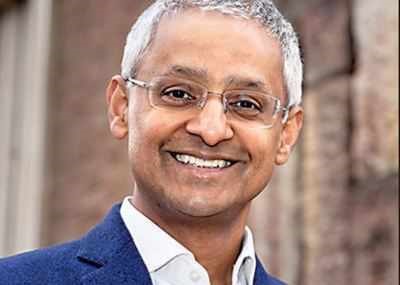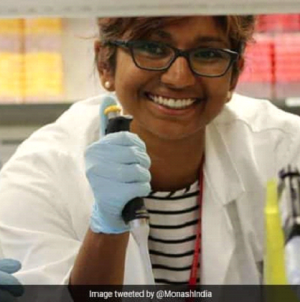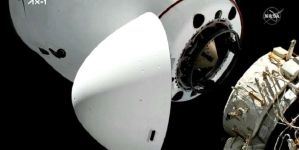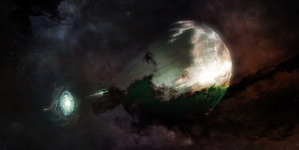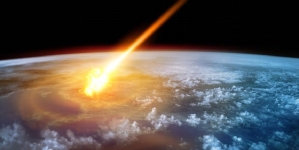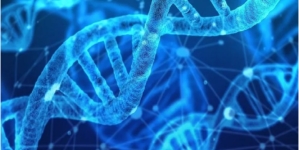-
IRELAND: “From 800 to 7,000”: Ireland’s Education Appeal Soars Among Indian Students - 1 day ago
-
TORONTO: Canada Sets Weekly Work Hour Limit For Indian Students At 24 - May 3, 2024
-
TORONTO: India strongly protests ‘Khalistan’ slogans at a public event attended by Canadian leaders - May 2, 2024
-
TOKYO: Japan Offers Scholarships To Indian Students Pursuing Research - May 1, 2024
-
ZAGREB: India-Croatia Foreign Office Consultations (FOC) - May 1, 2024
-
BUCHAREST: Government Of Romania To Offer Scholarships To Indian Students - April 30, 2024
-
WASHINGTON: India Now Second-Largest Source Country For New Citizens In US- Report - April 30, 2024
-
LONDON: Run For Modi” Event In London To Drum Up Support For PM Modi - April 29, 2024
-
LONDON: Indian-Origin Candidate On How He Plans To Win London Mayoral Polls - April 28, 2024
-
HARVARD: No Country Is Perfect”: Physics Wallah Urges Indian Students At Harvard, Stanford To Return - April 27, 2024
MELBOURNE: PIO scientist’s genome work has key role in Covid battle
MELBOURNE: From the $1 billion and 13 years
it took to sequence one human genome in 2000, they brought the cost down to
less than $1,000 now. Chemists Sir Shankar Balasubramanian (in picture) and Sir
David Klenerman from Cambridge University were awarded the bi-annual Millennium
Technology Prize on May 18 for their service to humanity during the pandemic.
It is the world’s largest tech prize, earlier awarded to the likes of Tim
Berners-Lee, creator of the World Wide Web.
Chennai-born Balasubramanian and
Klenerman started developing the Next Generation Sequencing (NGS) in 2006. On
January 10 last year, NGS was used to map the SARS-CoV-2 genome at Fudan
University in Shanghai. Just 25 days on, Moderna developed its vaccine, aided
by this technology. “NGS helped in the pandemic because it can map a large
number of viruses and we can see how it is mutating,” said Klenerman.
The duo thinks that NGS is still
in its infancy, because once technology is democratised, “users get creative”.
“We are only scratching the
surface of what is possible,” Chennai-born Balasubramanian told TOI.
Balasubramanian said, “(We see) vaccines offer strong protection against the
new variant B.1.617. It is preliminary but important information. This suggests
every country in the world needs to keep pushing its vaccination programme
because, so far, it seems to be very effective.”
The origins of NGS go back nearly 25 years when the two were collaborating as
independent researchers. “We were not trying to sequence anything or develop
technology but the way we were approaching the problem led us to seeing a new
way to sequence DNA,” Balasubramanian said.
NGS sets up millions of fragments of DNA from a sample on to the surface of a
chip in an array. They are then amplified. Each fragment is decoded on that
chip using fluorescent coloured nucleotides (building blocks of DNA and RNA).
The colour-coded nucleotides are detected over and over, mapping the DNA
sequence of each fragment. Because this is done with many fragments at the same
time, it is fast, inexpensive and scalable.
In 1998, Balasubramanian and Klenerman founded Solexa and put together a team
to take what they had found and make the technology workable. In 2006, Solexa
did just that. The year after, Illumina acquired Solexa and finetuned the
technology.
On January 10 last year, NGS was used to map the SARS-CoV-2 genome at Fudan
University in Shanghai. Just 25 days on, Moderna developed its vaccine, aided
by this technology. “NGS helped in the pandemic because it can map a large
number of viruses and we can see how it is mutating,” said Klenerman.
Balasubramanian said, “(We see) vaccines offer strong protection against the
new variant B.1.617. It is preliminary but important information. This suggests
every country in the world needs to keep pushing its vaccination programme
because, so far, it seems to be very effective.”
And it’s not just Covid-19. NGS is also making breakthroughs in cancer and rare
diseases. “Sequencing the genome of a tumour provides information specific to
that tumour in that individual,” said Balasubramanian. “Then, unfortunately,
some children are born with rare diseases that are difficult to diagnose and
treat. Now, we can sequence the genes of parents and children to find the
differences. One specific gene may have gone wrong and finding that leads to
diagnosis and treatment,” said Klenerman.



















